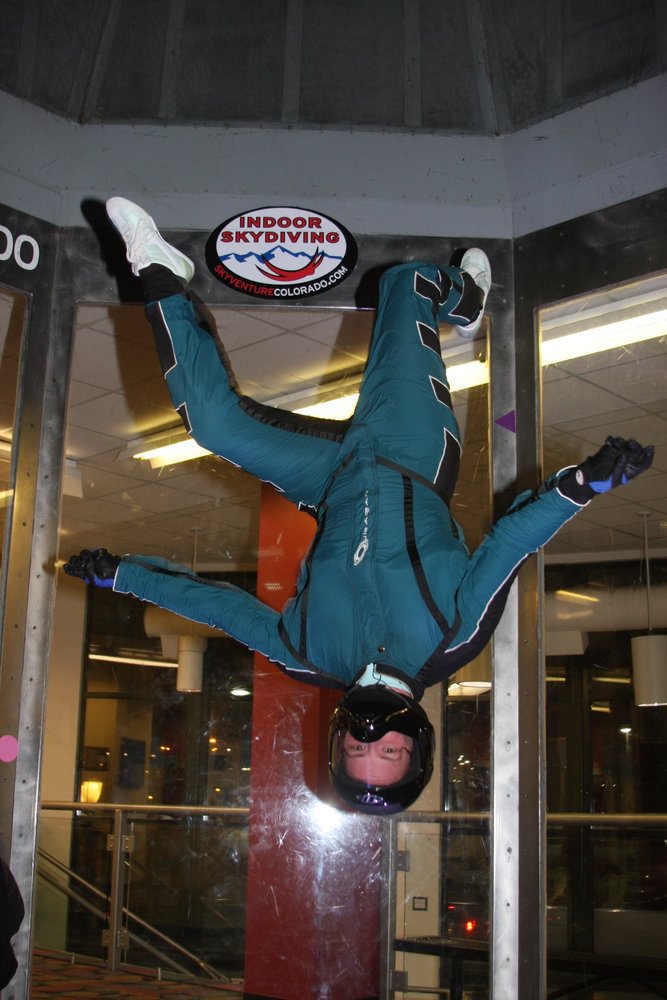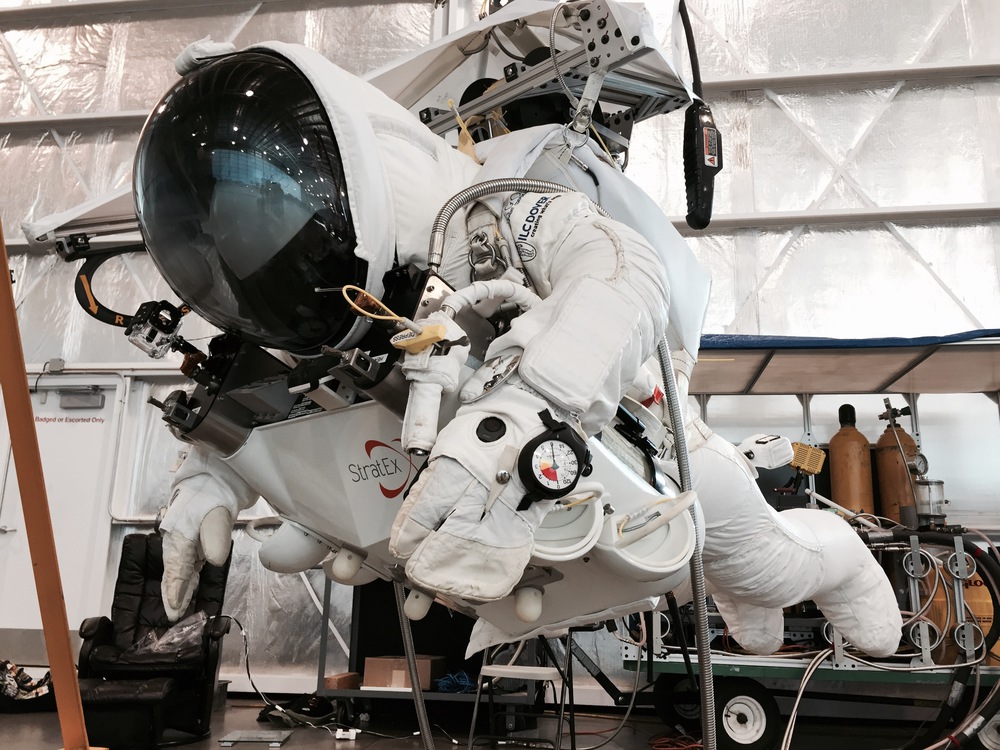Recommended Posts
QuoteIt was not a design flaw. It was mis-manufacturing by a certain manufacturer.
Not entirely true. Prototypes of the canopy as well as early production versions from the New Zealand designer exhibited the same flaw.
----------------------------------------------
You're not as good as you think you are. Seriously.
You're not as good as you think you are. Seriously.
Hooknswoop 19
QuoteI thought that we beat that horse to death last week.
No, we didn't. You beat the wrong horse. The PD-113R produces an average peak force of 3639 pounds during TSO drop tests and is marked on the reserve label as required by AS8015B. The Mirage is certified under TSO C23B, low speed catagory, limited to a 3,000 pound load force. According to AC-105-2C, the reserve cannot produce more load than the harness is rated to, which in the case of a Mirage and PD-113R, it does. Therefore the two are not compatable. This is not about the reserve being certified to a higher weight than the container and just de-rate it down to the container. You missed the point.
QuoteTSO-C23B allows Relative Workshop (Vector), Jump Shack (Racer) and Mirage Systems (G3 and G4) to assign any upper weight limits they like, as long as their drop tests prove that their harnesses can survive the extra weight and airspeed.
The Mirage is limited to 3,000 pounds force, the others, 5,000 pounds force. The PD-113R produces more than 3,000 pounds force, as I'm sure other PDR's and other reserves do. The reserve cannot produce more force on opening than the harness is rated to.
Derek
scdrnr 0
There are 3 trim specs for crossfire 1's. The original, CF0102 (dated 2/2001) and CF0110 (dated 10/2001).
As I understand it the difference is in the length of the B lines with the original being the longest and CF0110 being the shortest. It shouldn't affect overall performance, just feel, with front riser pressure being most noticable. I know many who had their crossfires relined and noticed a change, but adapted and are very happy.
There were two related problems with the original crossfire. First, they could collapse or become unstable if the trim was out of tolerance, so in Feb 2001 they instituted CF0102 to give slightly more margin and started requiring vectran lines. This change was completely transparent, and not required initially.
Then canopies manufactured in the US started having problems that they attributed to sloppy canopy construction. A service bulletin was issued with a range of serial numbers. Some canopies were worse than others, but most canopies were "fixed" by installing trim spec CF0110. Some canopies were still not right and got replaced, others never had any problems before or after, but are part of the serial number range requiring retrim to CF0110.
Crossfire 1's now get relined with either CF0102 or CF0110 trims depending on serial number.
The crossfire is still a great canopy with either trim. Lots of people (who don't even use their front risers) have sold them cheap because they heard others say it isn't as high-performance anymore.
The fatality at the Ranch was likely due to turbulence, but since it happened just after the service bulletin was issued, and she was jumping a crossfire, everyone blamed the canopy. I think people just like to assign blame to something tangible like a canopy that they don't own, rather than accept that random things out of their control can kill them.
As I understand it the difference is in the length of the B lines with the original being the longest and CF0110 being the shortest. It shouldn't affect overall performance, just feel, with front riser pressure being most noticable. I know many who had their crossfires relined and noticed a change, but adapted and are very happy.
There were two related problems with the original crossfire. First, they could collapse or become unstable if the trim was out of tolerance, so in Feb 2001 they instituted CF0102 to give slightly more margin and started requiring vectran lines. This change was completely transparent, and not required initially.
Then canopies manufactured in the US started having problems that they attributed to sloppy canopy construction. A service bulletin was issued with a range of serial numbers. Some canopies were worse than others, but most canopies were "fixed" by installing trim spec CF0110. Some canopies were still not right and got replaced, others never had any problems before or after, but are part of the serial number range requiring retrim to CF0110.
Crossfire 1's now get relined with either CF0102 or CF0110 trims depending on serial number.
The crossfire is still a great canopy with either trim. Lots of people (who don't even use their front risers) have sold them cheap because they heard others say it isn't as high-performance anymore.
The fatality at the Ranch was likely due to turbulence, but since it happened just after the service bulletin was issued, and she was jumping a crossfire, everyone blamed the canopy. I think people just like to assign blame to something tangible like a canopy that they don't own, rather than accept that random things out of their control can kill them.
Not entirely true. Prototypes of the canopy as well as early production versions from the New Zealand designer exhibited the same flaw.
***
It is very true... The "flaw" that you speak off is not matching the "match marks" when sewn.
There where 29 canopies included in the SB from NZ that where included as preventive measures only. The rest are not.
MEL
Skyworks Parachute Service, LLC
www.Skyworksparachuteservice.com
www.Skyworksparachuteservice.com
More than one Crossfire 1 built in NZ and flown buy a pretty experienced JM there, as well as 2 Spanish built (CISMA) C1'S that I personaly encountered were affected too.
----------------------------------------------
You're not as good as you think you are. Seriously.
You're not as good as you think you are. Seriously.





Share this post
Link to post
Share on other sites